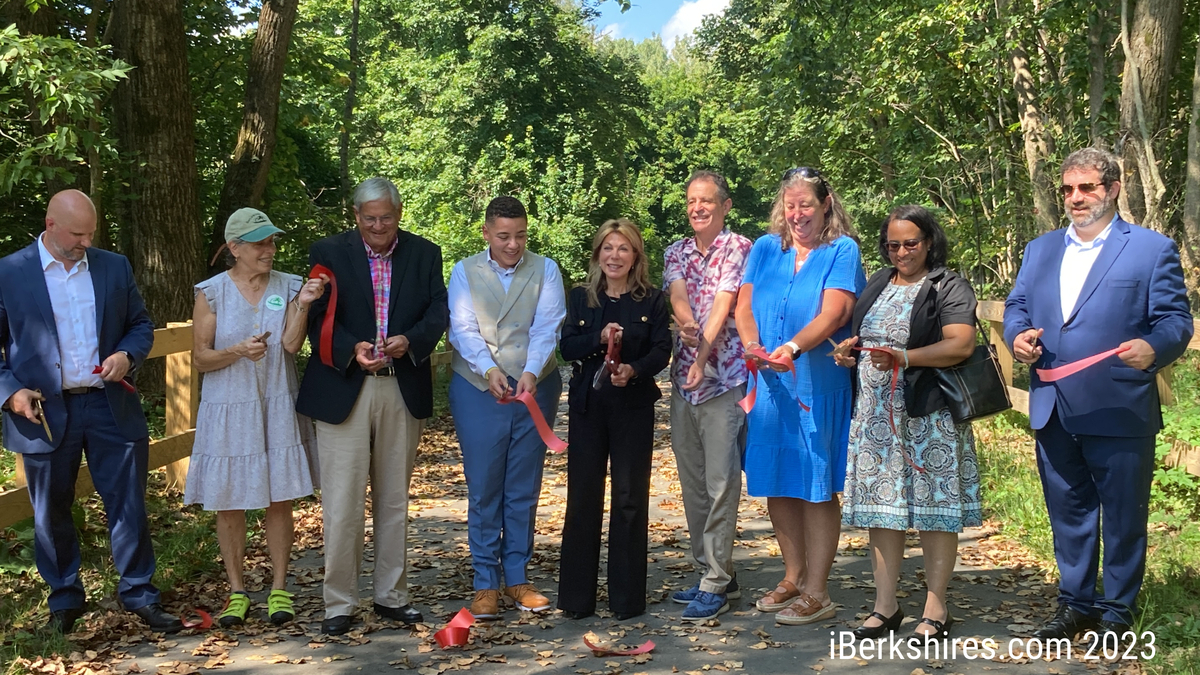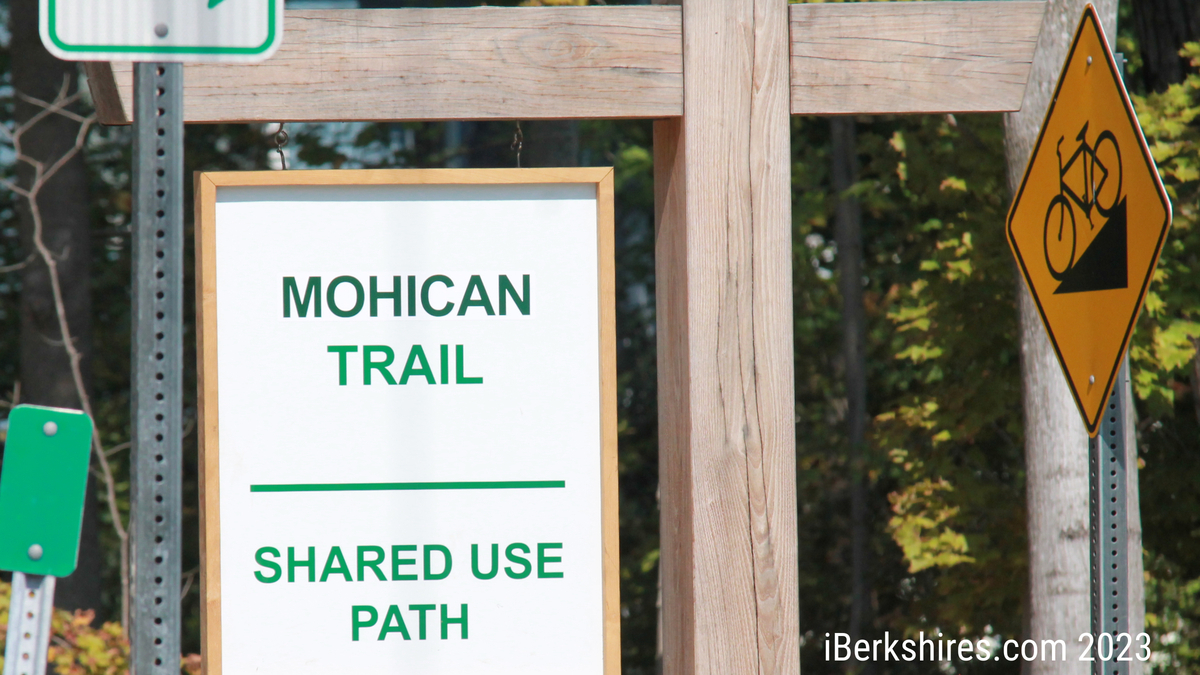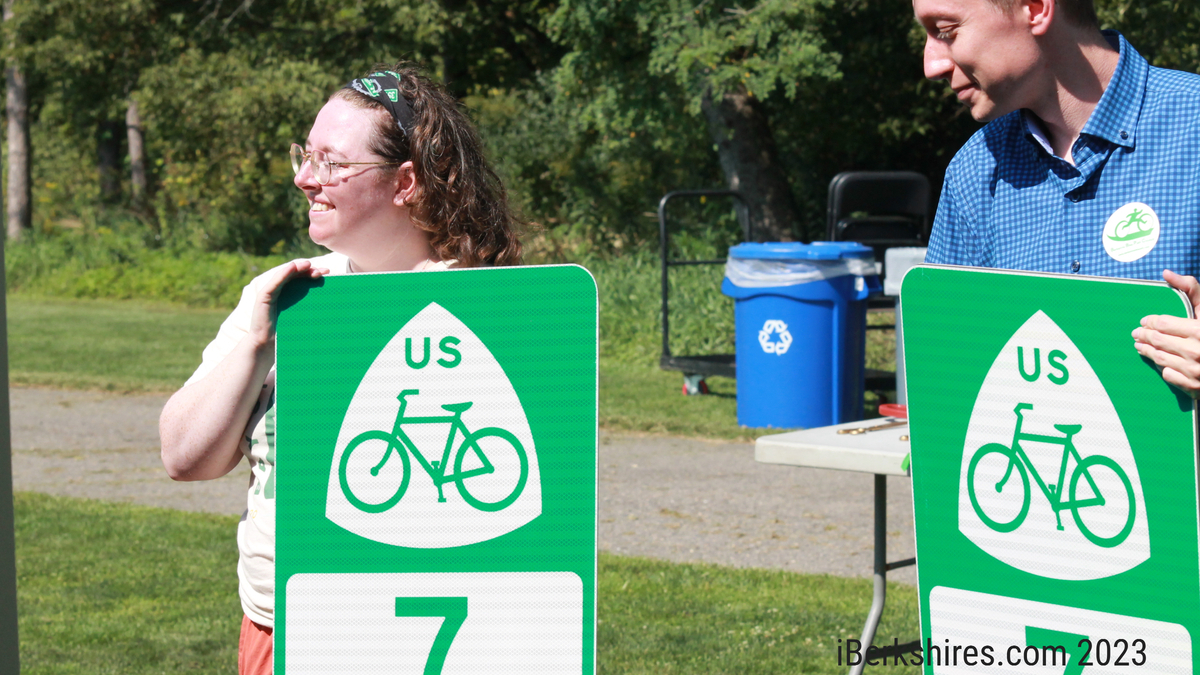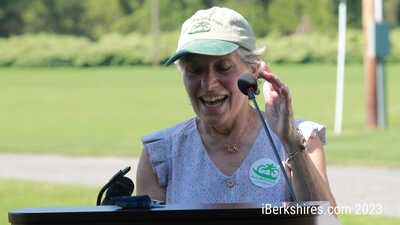Warriors Bowling League action continued, with Blackfoot defeating Apache 3-1, Commanche defeating Navaho 3-1, and Kickapoo defeating Mohican 3-1.
Standings
- Kickapoo 11
- Commanche 7
- Apache 5
- Navaho 5
- Mohican 4
- Blackfoot 4
Last weeks results
- Blackfoot 3 Apache 1
- Navaho 1 Commanche 3
- Mohican 1 Kickapoo 3
Team
- Scratch Game: Apache 726; Kickapoo 605
- Scratch Series: Commanche 1812; Navaho 1627
- Handicap Game: Mohican 902
- Handicap Series: Blackfoot 2435
Men
- Scratch Game: Jamel Bean 247; Corey Bean 180; Larry Dean 177
- Scratch Series: Dennis Trott 535; Victor Fishington 499; Andre Place 466
- Handicap Game: Taye Fishington 260; Clarence Burrows 238; Clay Bean 212
- Handicap Series: Llewellyn Jones 675; Rodney Caines 654; Wilfred Furbert 575
Women
- Scratch Game: Susie Bradshaw 175; Christine Joell 136; Lynn Cann 128
- Scratch Series: Alisa Cann 434; Mirian Caisey 373
- Handicap Game: Tanya Iris 242; Chrystie Simons 208
- Handicap Series: Jennifer Butterfield 615; Akajae Mills 566
Warriors League are looking for male and female bowlers. If you are interested in bowling on Friday nights at 6.45 pm please call 537-0608.
Read More About
]]>
Continue reading















 Local and state officials cut the ribbon on the Mohican Trail in Williamstown on Thursday morning.
Local and state officials cut the ribbon on the Mohican Trail in Williamstown on Thursday morning. One of the new signs marks the trail head near the corner of Syndicate Road and North Street (U.S. Route 7).
One of the new signs marks the trail head near the corner of Syndicate Road and North Street (U.S. Route 7). The Western New England Greenway gave Williamstown two signs to designate its new multimodal trail as part of a network advocates envision from Canada to Connecticut.
The Western New England Greenway gave Williamstown two signs to designate its new multimodal trail as part of a network advocates envision from Canada to Connecticut.